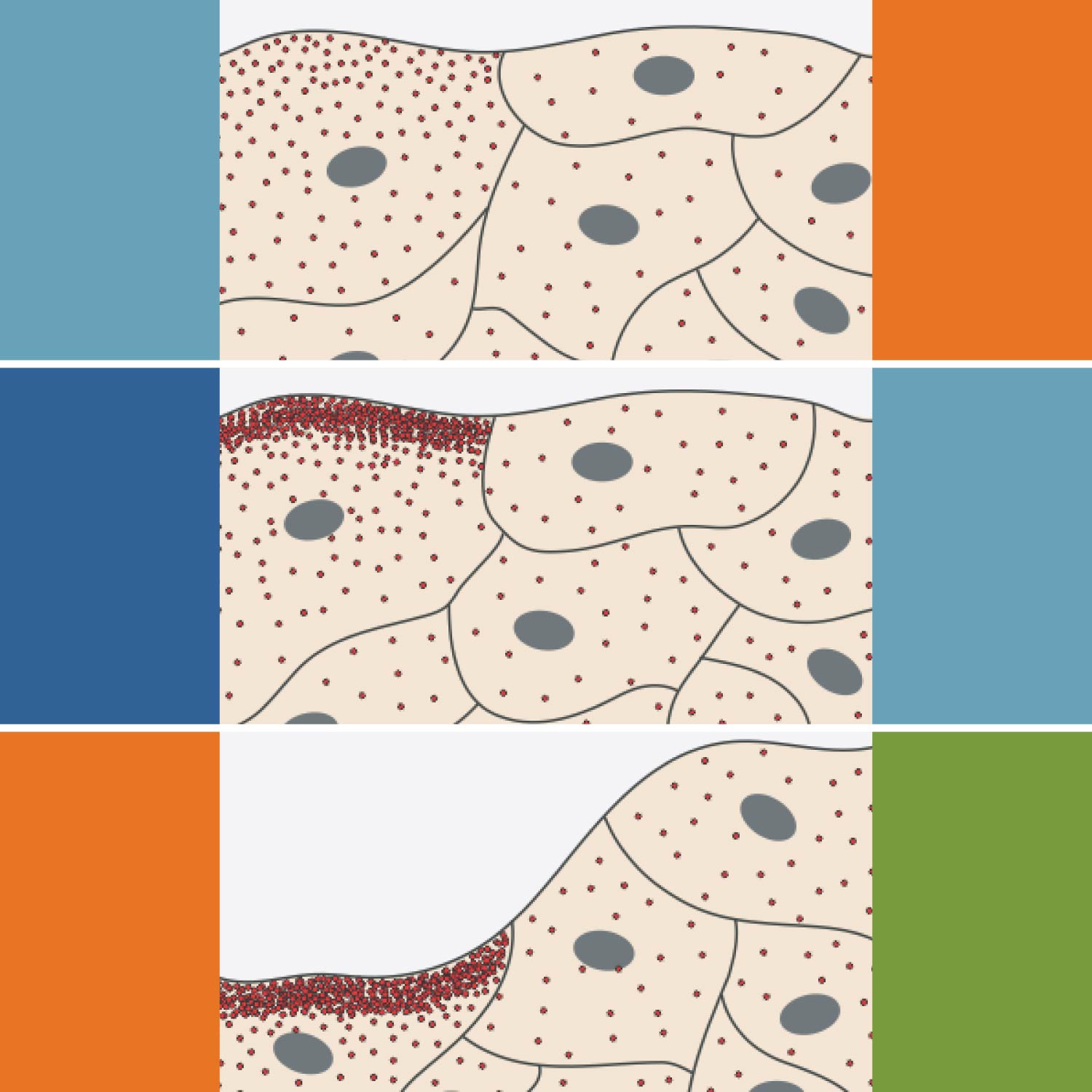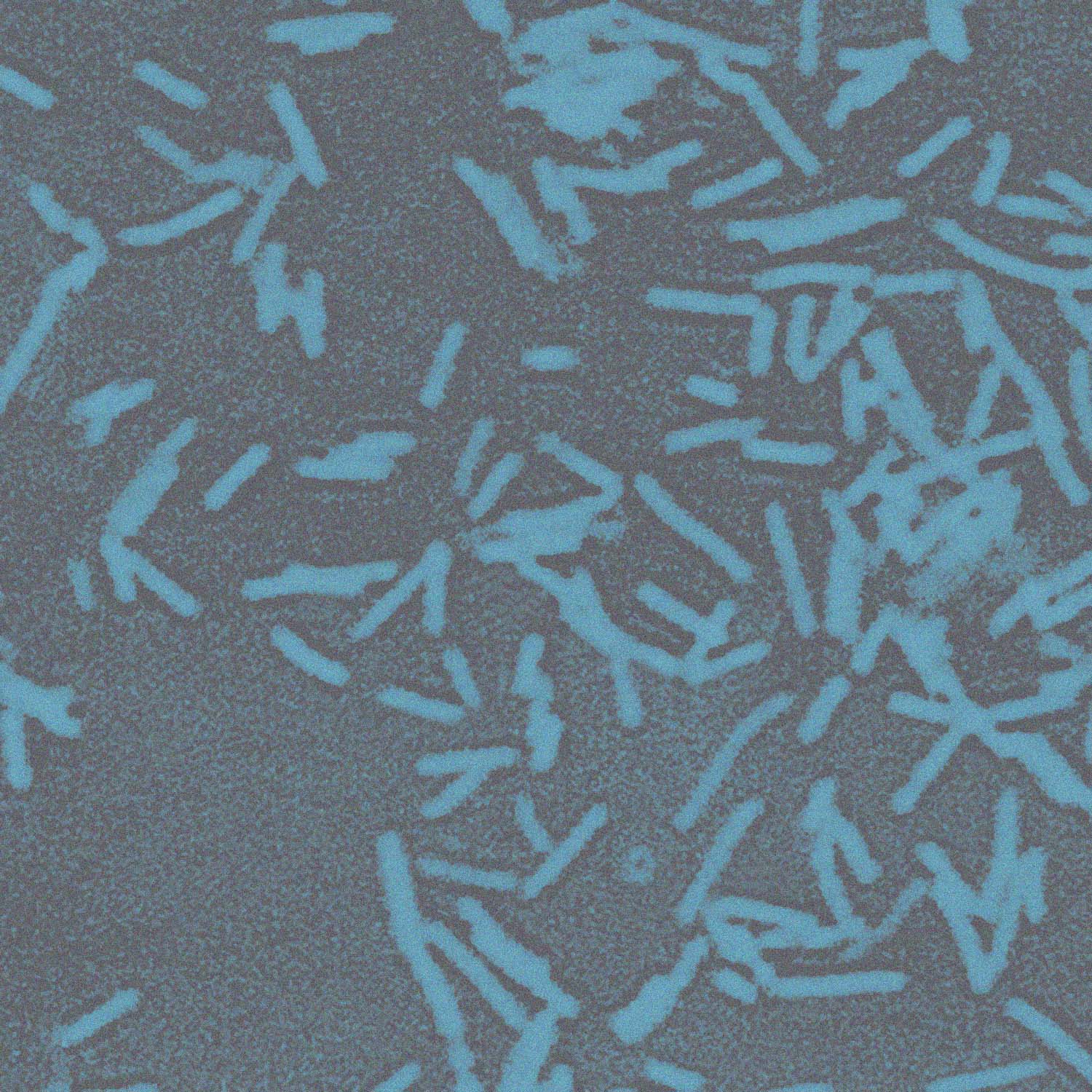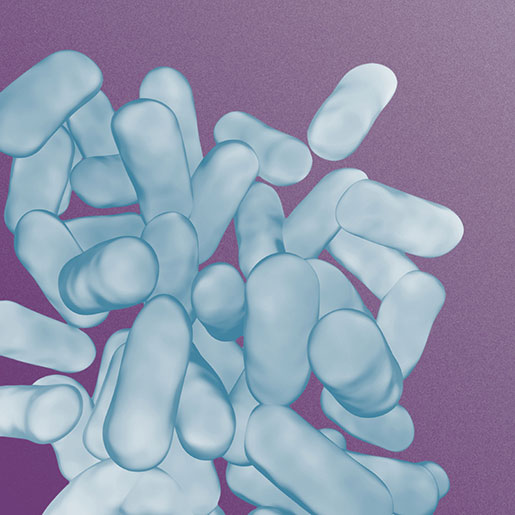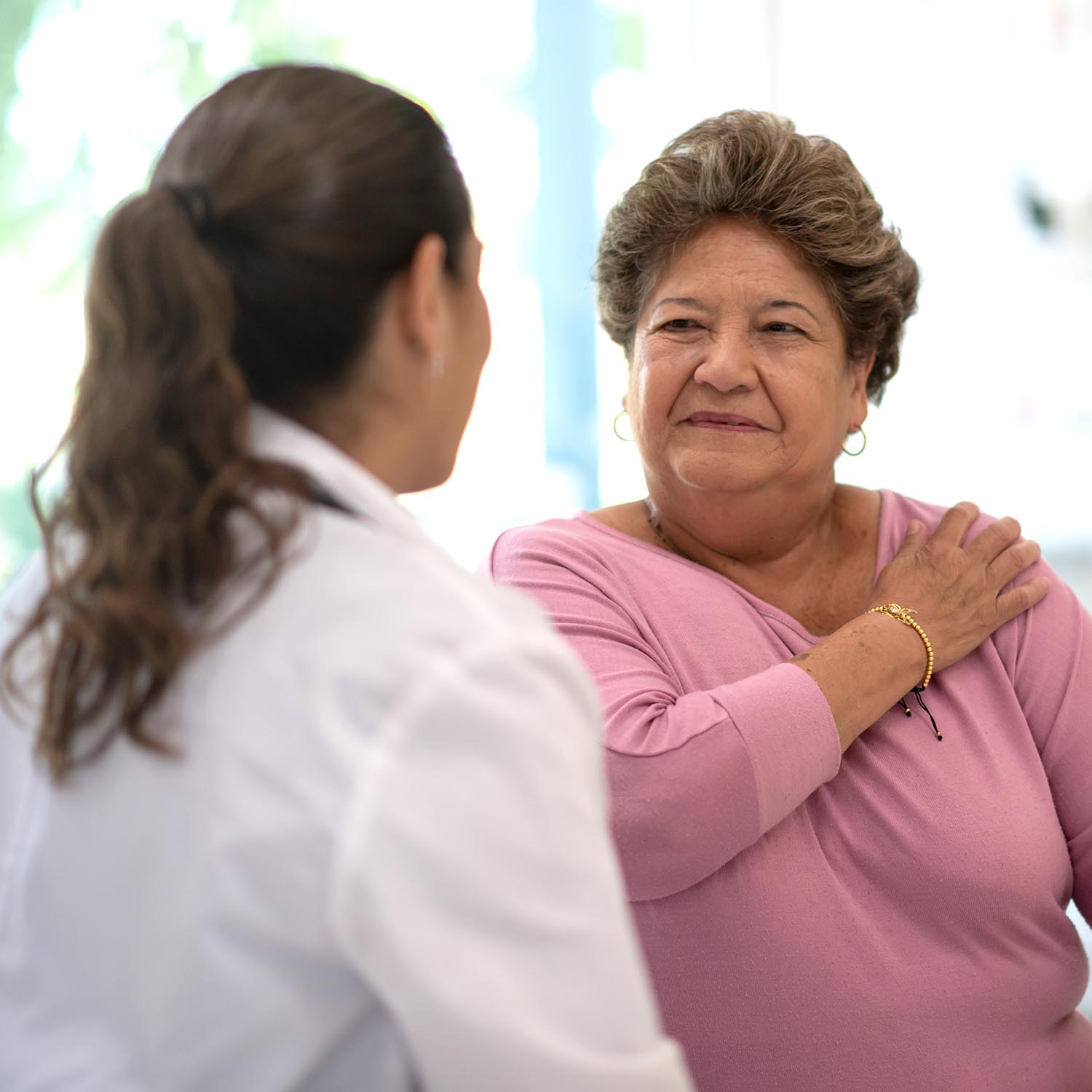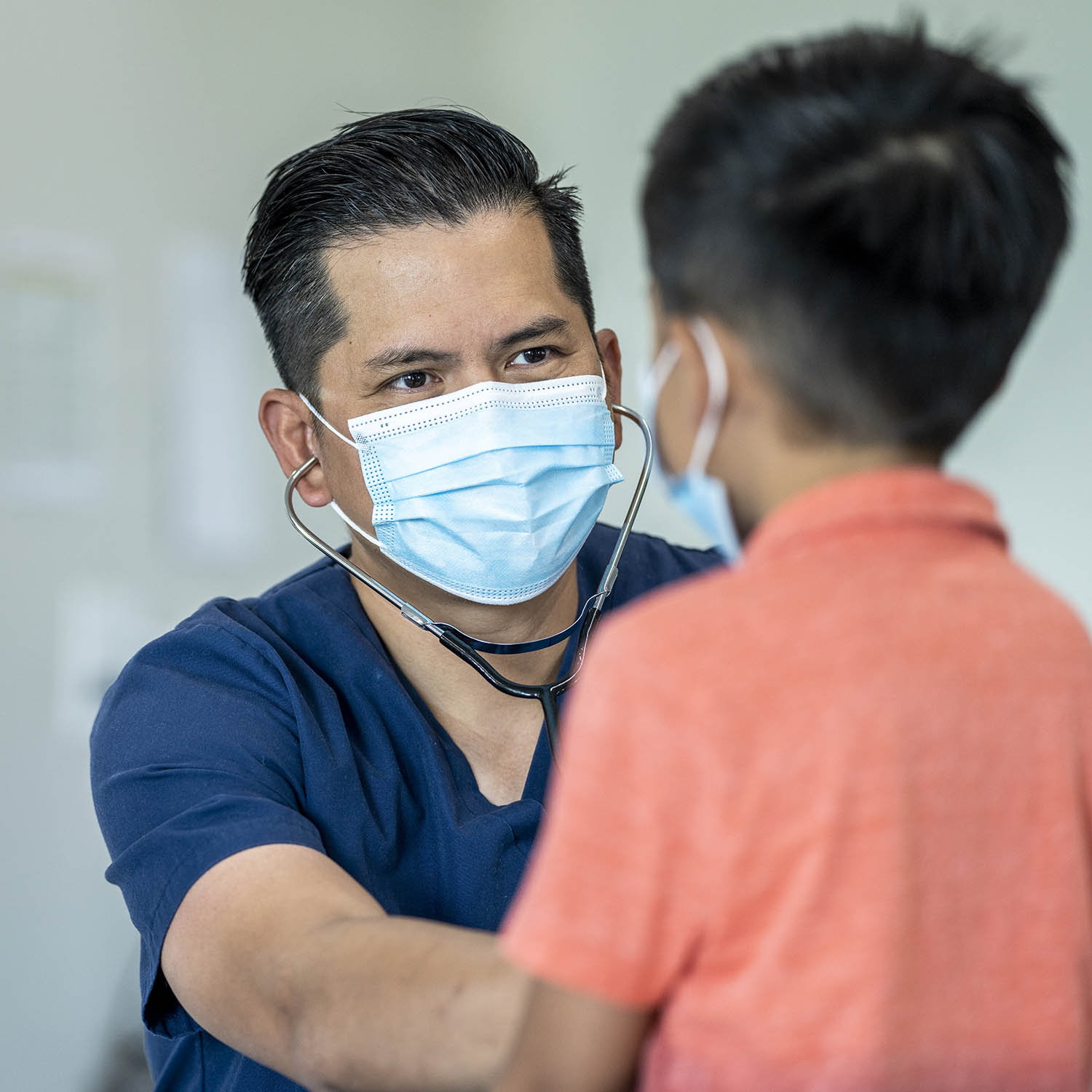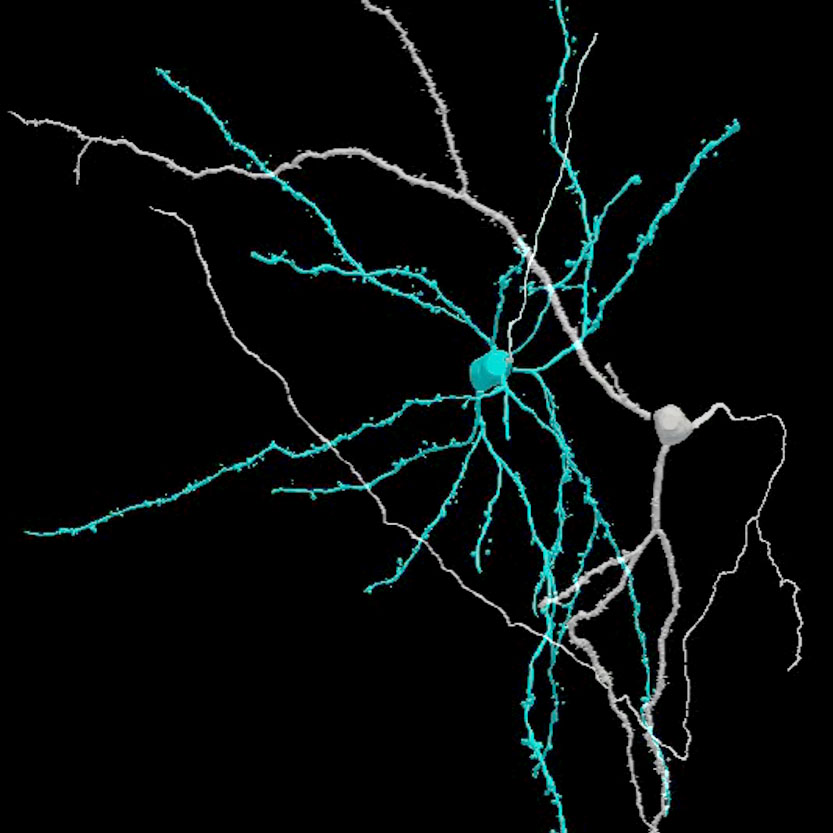Selected Research Results
Research spotlights of selected studies are shown below. For a full list of published NCCIH Research to-date, see PubMed.
Spotlights for 2021
New Study Identifies Mechanism Underlying Wound Healing and Potential Target for Speeding Healing Process
The ion channel PIEZO1, which spans cell membranes and helps convert mechanical forces into electrochemical signals, regulates skin cells called keratinocytes during wound healing and may be a target for developing medicines that speed up the healing process, according to a new study published in the journal eLife. The study, partially funded by the NIH New Innovator Award and supported by the National Center for Complementary and Integrative Health (NCCIH), was conducted by researchers at Scripps Research and the University of California, Irvine.
November 2021
New Study Identifies a Mechanism by Which Certain Dietary Factors and Intestinal Bacteria Can Affect Immune Responses
Diet-induced changes in the structure of bacterial metabolites produced by the human gut symbiotic bacterium Bacteroides fragilis affect host immune regulation, according to a new study led by researchers from Harvard Medical School and Brigham and Women’s Hospital in Boston and Monash University in Clayton, Victoria, Australia. This study, which was partially funded by the National Center for Complementary and Integrative Health, was recently published in Nature.
November 2021
A Single-Session Pain Management Skills Class Benefits Patients With Chronic Low-Back Pain
A single 2-hour pain self-management skills class is no less effective than an 8-week, 16-hour cognitive behavioral therapy (CBT) program for reducing pain catastrophizing, pain intensity, and pain interference in adults with chronic low-back pain, according to a new Stanford University study.
August 2021
Diets Higher in Omega-3 Fatty Acids Reduce Headache Frequency and Severity in People With Frequent Migraines
Sixteen weeks of treatment with diets higher in omega-3 fatty acids from fatty fish reduced the frequency and severity of headaches in people with frequent migraines, according to a study funded by the National Center for Complementary and Integrative Health, part of the National Institutes of Health, and conducted at the University of North Carolina at Chapel Hill. The study, which was partially supported by National Institute on Aging and the National Institute on Alcohol Abuse and Alcoholism, was published in the BMJ.
July 2021
A Probiotic/Prebiotic Combination Reduces Behavioral Symptoms Associated With Stress
A synbiotic (a probiotic plus a prebiotic) can reduce behavioral symptoms associated with stress by normalizing the populations of microorganisms in the gut and changing immune cell activity, according to a new study in animals from Icahn School of Medicine at Mount Sinai, and the James J. Peters Veterans Affairs Medical Center, New York. The study was published in Frontiers in Immunology and supported by NCCIH and the NIH Office of Dietary Supplements through the NIH Consortium for Advancing Research on Botanical and Other Natural Products (CARBON) Program.
June 2021
Health Care Providers’ Facial Appearances Shape Patient Expectations About Pain and Pain Treatment
First impressions of medical providers’ online images can impact people’s decisions and expectations about pain and health outcomes even before in-person clinic visits, according to a new study funded by the National Center for Complementary and Integrative Health (NCCIH). Led by researchers at NCCIH, the study was recently published in Social Science & Medicine.
June 2021
First Longitudinal Analysis of Complementary Health Approach Use by U.S. Adults Identifies Factors That Predict New, Continued, and Discontinued Use
Researchers at the National Center for Complementary and Integrative Health (NCCIH) have completed the first analysis of the use of complementary health approaches in a nationally representative sample of adults over a long period of time. The analysis provides insights into the use of four common complementary approaches over nearly two decades and identifies specific factors that may predict new, continued, or discontinued use.
April 2021
Differences in Pain Among U.S. Subpopulations Based on Race and Hispanic Ancestry
A new analysis of data from the National Health Interview Survey (NHIS) found that pain in U.S. adult Hispanics varies across Hispanic subpopulations. Although many Hispanic subpopulations exhibited lower prevalence of pain than White Non-Hispanics, the pain prevalence for other Hispanic subpopulations were equivalent to or greater than that for White Non-Hispanics. This analysis was conducted by the National Center for Complementary and Integrative Health (NCCIH) and was recently published in The Journal of Pain.
February 2021
Young people receiving care for chronic musculoskeletal pain in the United States are prescribed medicine more often than nondrug treatments such as physical therapy or health education, according to a new study. Published in The Journal of Pediatrics, the study also found that opioid prescriptions in the 18- to 24-year age group are close to the level previously reported in adults with musculoskeletal pain. The analysis was conducted by researchers from the National Center for Complementary and Integrative Health and the Université de Montréal.
February 2021
Study Sees Beneficial Role of Yoga in Weight-Loss Program for Adults With Obesity or Overweight
According to a new study, participating in yoga as part of a 6-month weight-loss program is doable for adults with obesity or overweight and may also be helpful for weight loss, with no differences seen between people practicing two distinct styles of yoga.
February 2021
New Insight Into the Neural and Molecular Pathways for Pressure Sensation in Humans
Findings from a new study reveal a critical role for Aβ sensory neurons in pressure sensation and also suggest the involvement of an unknown molecular pathway. Recently published in Nature Communications, the study was conducted by researchers from the National Center for Complementary and Integrative Health, the National Institute of Neurological Disorders and Stroke, the University of California, San Diego, and universities in Sweden and the United Kingdom.
January 2021
Study Provides New Insights on the Central Amygdala, a Brain Region That Regulates Pain Responses
Nerve cells in the brain’s central amygdala that play opposite roles in modulating pain show striking differences in structure and electrophysiological function, according to a new study from the National Center for Complementary and Integrative Health’s intramural research program. The study was recently published in the journal eNeuro.
January 2021
A Disposition Toward Mindfulness Provides Pain-Relieving Benefits When Pain Is Rated in Hindsight
The pain-relieving benefits of a disposition toward mindfulness are most pronounced when people assess pain in hindsight and not immediately after it occurs, according to the findings of a new study led by researchers from the National Center for Complementary and Integrative Health (NCCIH) Division of Intramural Research. The study, which was funded by NCCIH, was recently published in Psychosomatic Medicine.
January 2021
